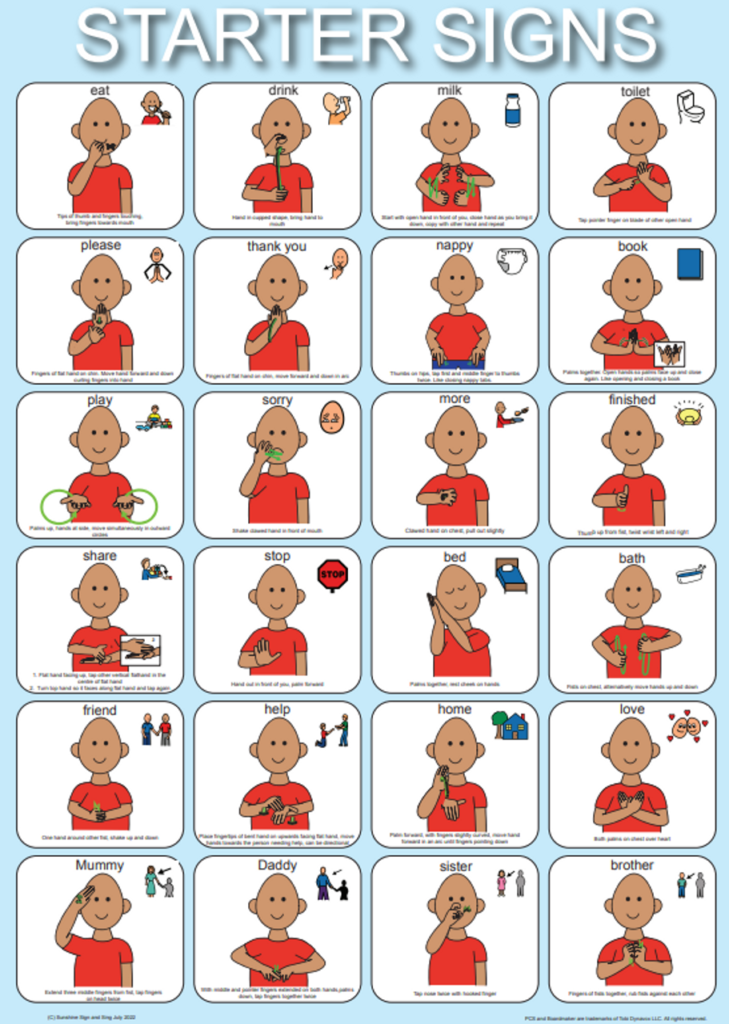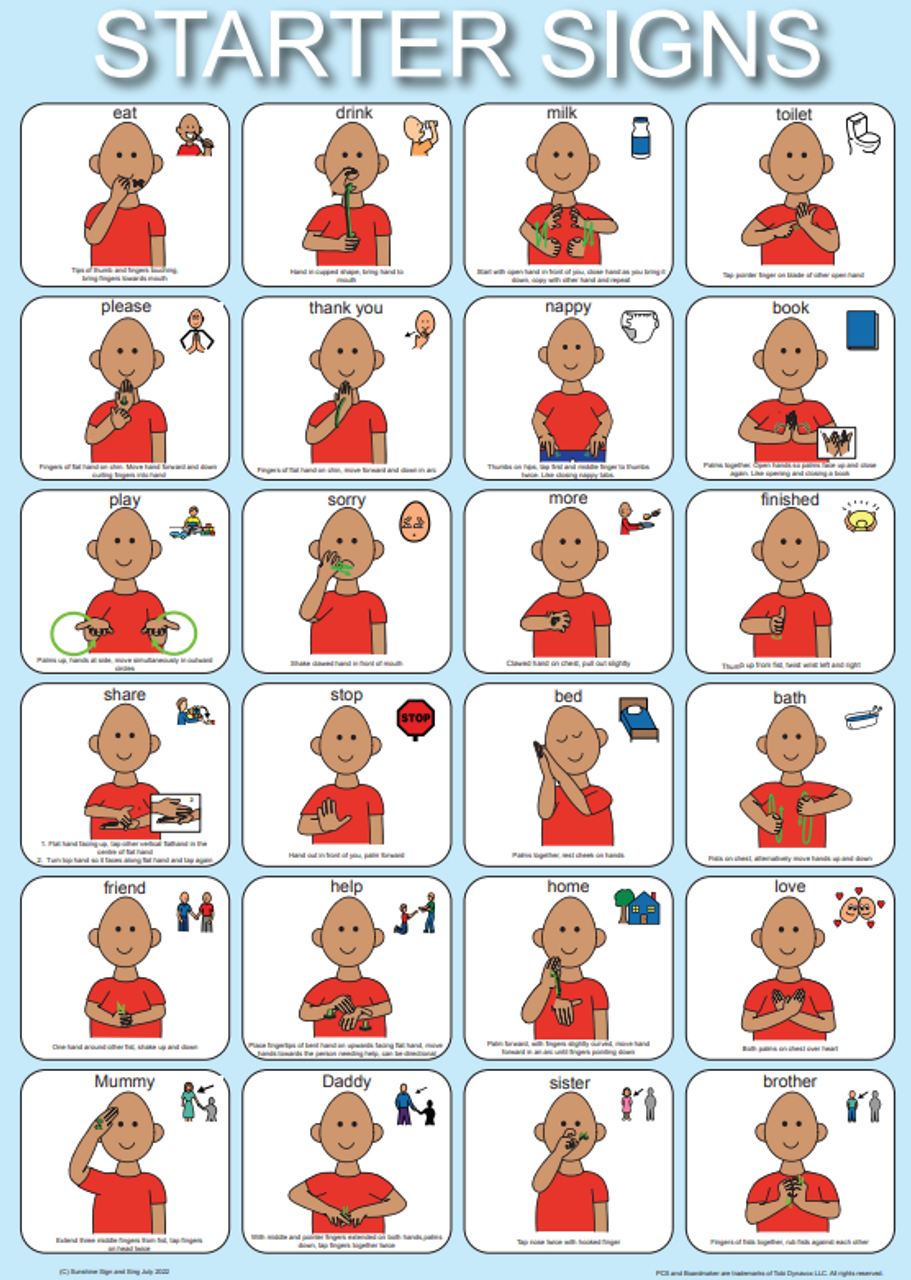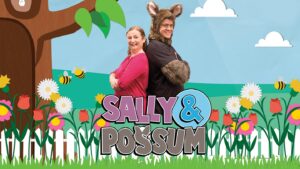Auslan, or Australian Sign Language, is the primary language used by the Deaf and hard-of-hearing community in Australia. It’s a beautiful and expressive language, distinct from spoken English, that utilizes handshapes, facial expressions, and body language to convey meaning.
Here’s a quick look at Auslan:
- Formation: Developed in the 19th century, Auslan has its own unique grammar and syntax, not simply a signed form of English.
- Communication: It encompasses everyday topics, humor, poetry, and even songs, showcasing the richness and depth of Deaf culture.
- Recognition: While not an official language of Australia, Auslan is recognized as a vital means of communication and plays a central role in Deaf cultural identity.
Let’s explore some of its key features:
Auslan Alphabet:

Instead of letters, Auslan utilizes handshapes to represent phonemes (sounds) in spoken English. Each finger and hand position forms a distinct symbol, creating the visual alphabet.
Common Signs:
Beyond the alphabet, specific handshapes denote words and concepts. Some common examples include:

Facial Expressions:
Facial expressions, like raised eyebrows for surprise or a furrowed brow for seriousness, add nuance and emphasis to communication.
Body Language:
Head tilts, body positioning, and even movements can contribute to meaning. For example, leaning forward might indicate interest, while tilting the head can denote curiosity.
Exploring Auslan further:
- There are numerous online resources and courses available for learning basic Auslan signs and phrases.
- Many libraries and Deaf organizations offer workshops and events to engage with the Deaf community and experience Auslan firsthand.
- Remember, respect and cultural sensitivity are crucial when interacting with Deaf individuals who use Auslan.
By understanding and appreciating Auslan, we can build bridges of communication and inclusivity, celebrating the vibrant language and culture of the Deaf community in Australia.



